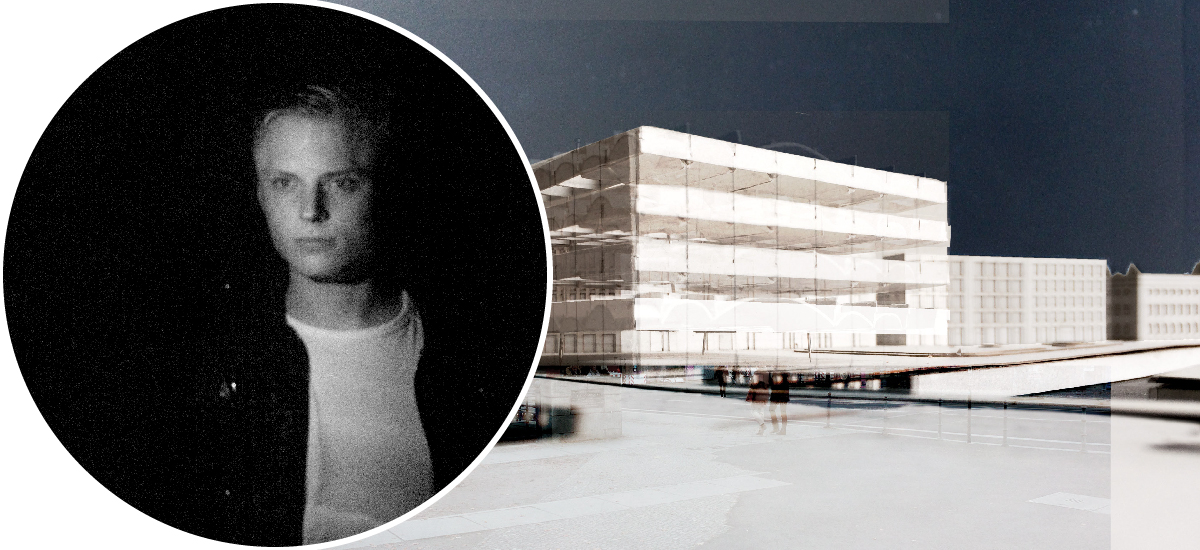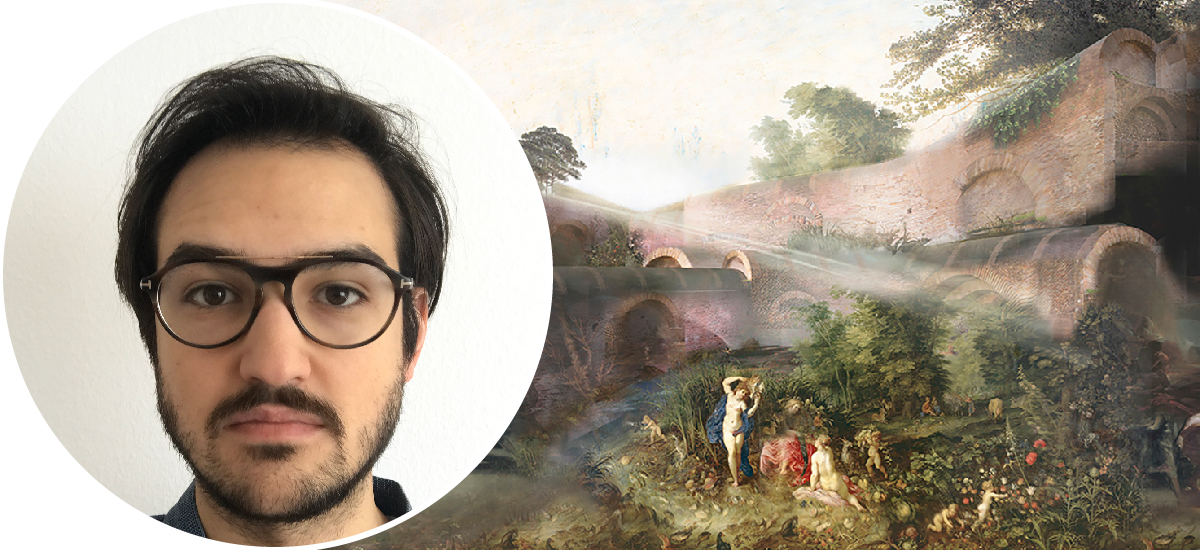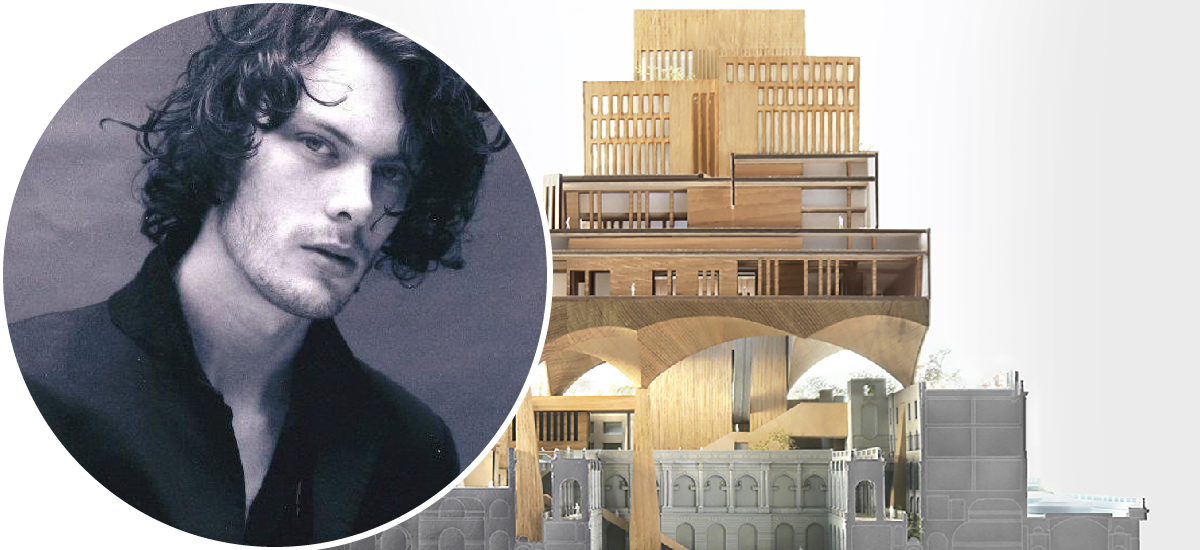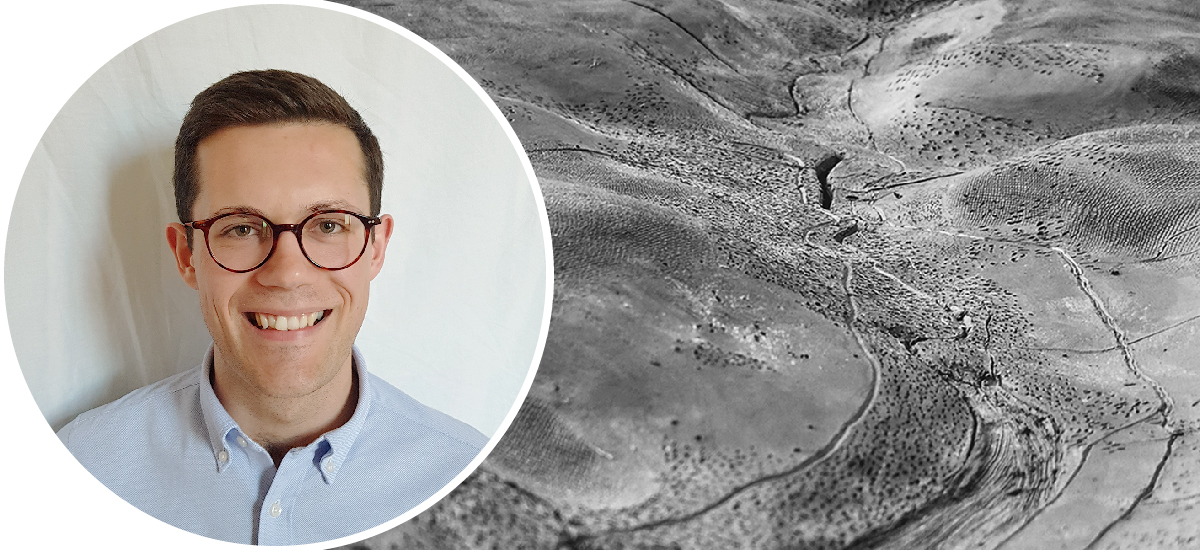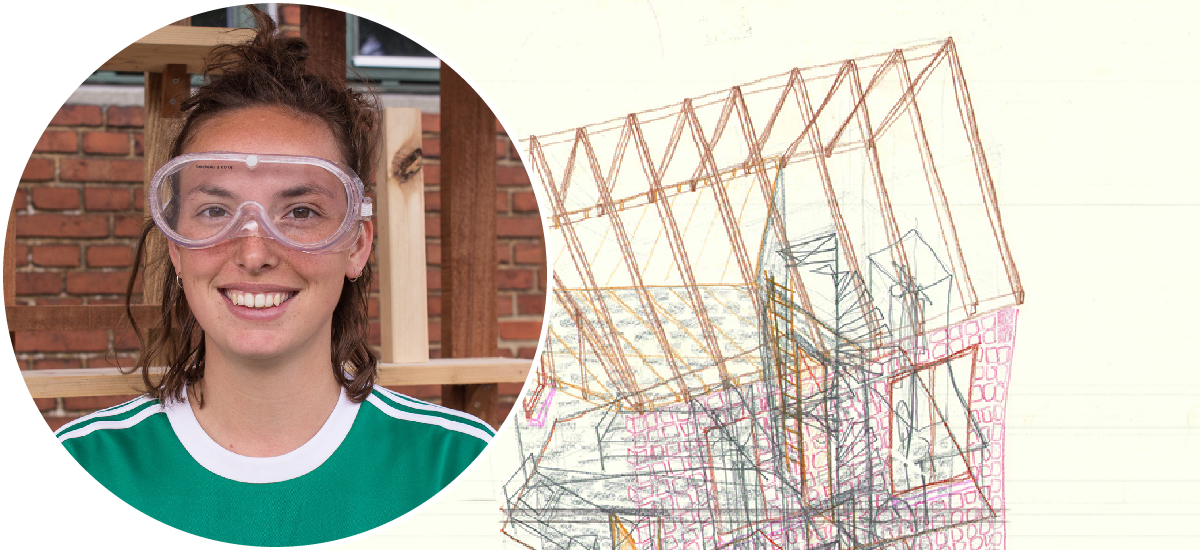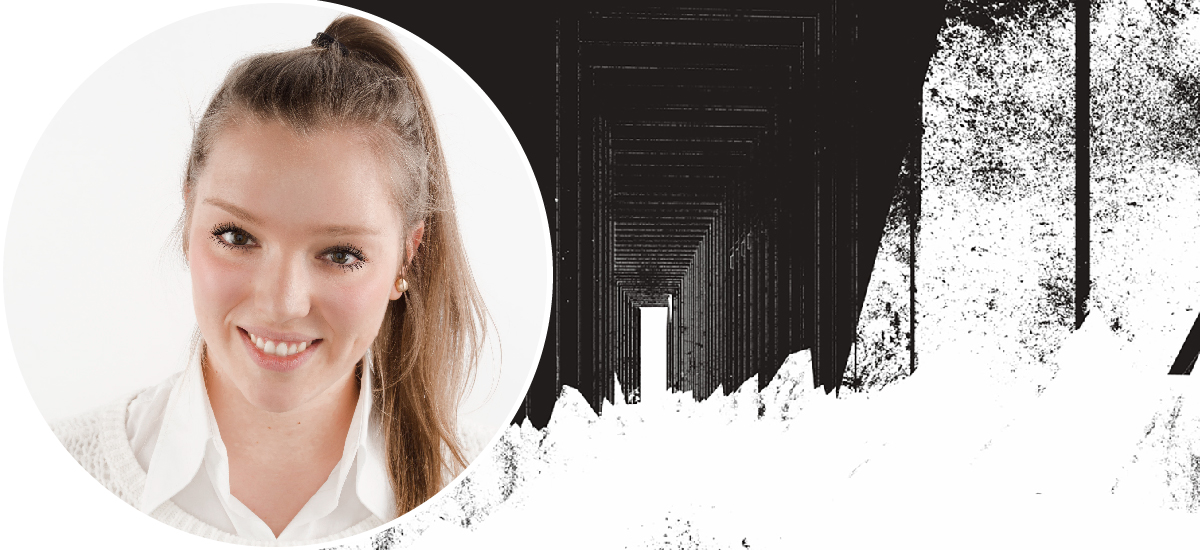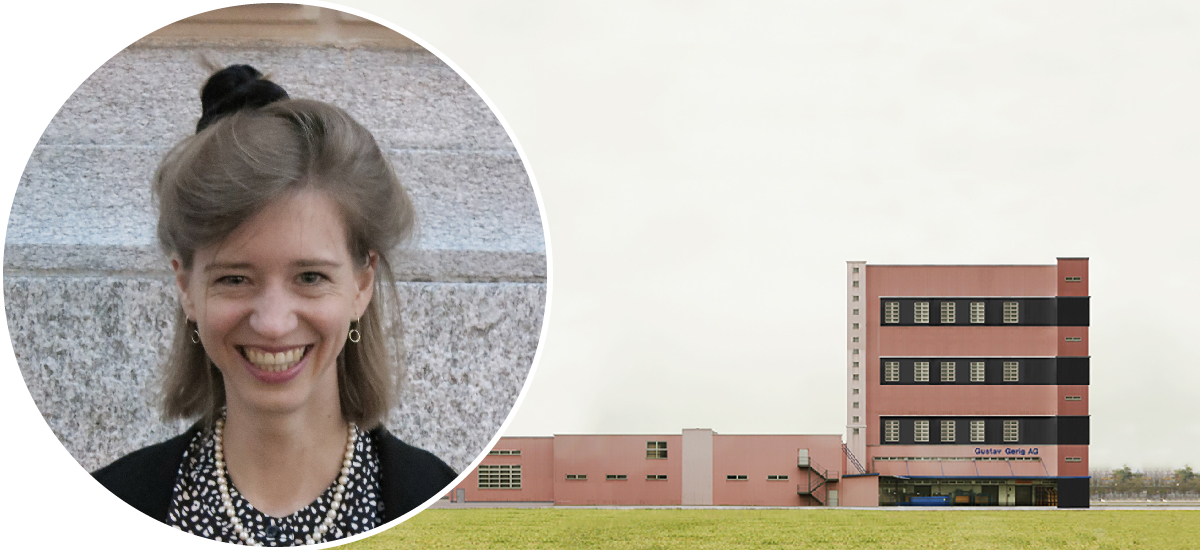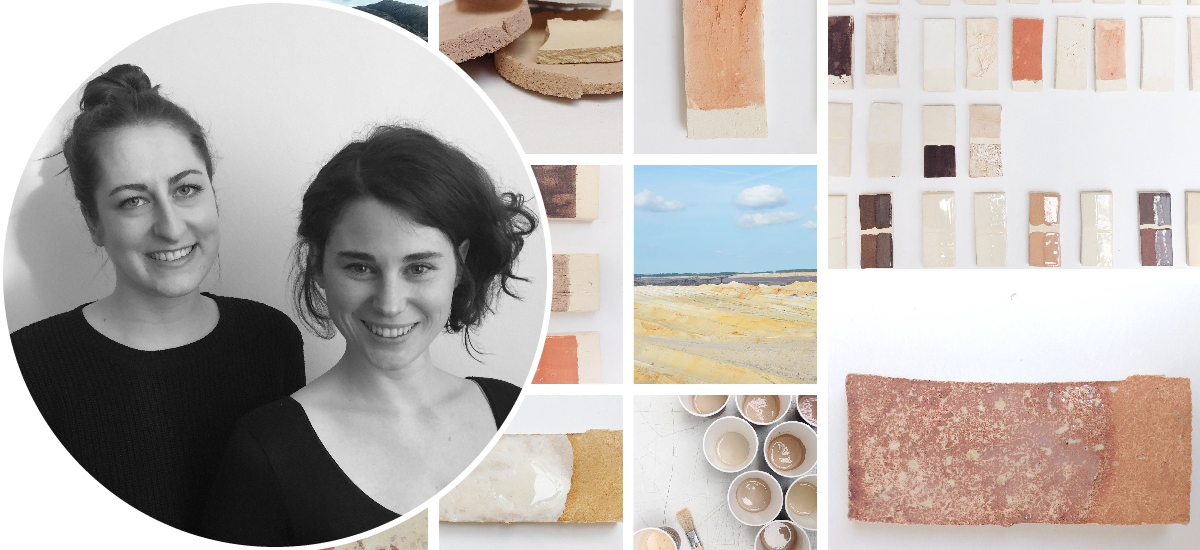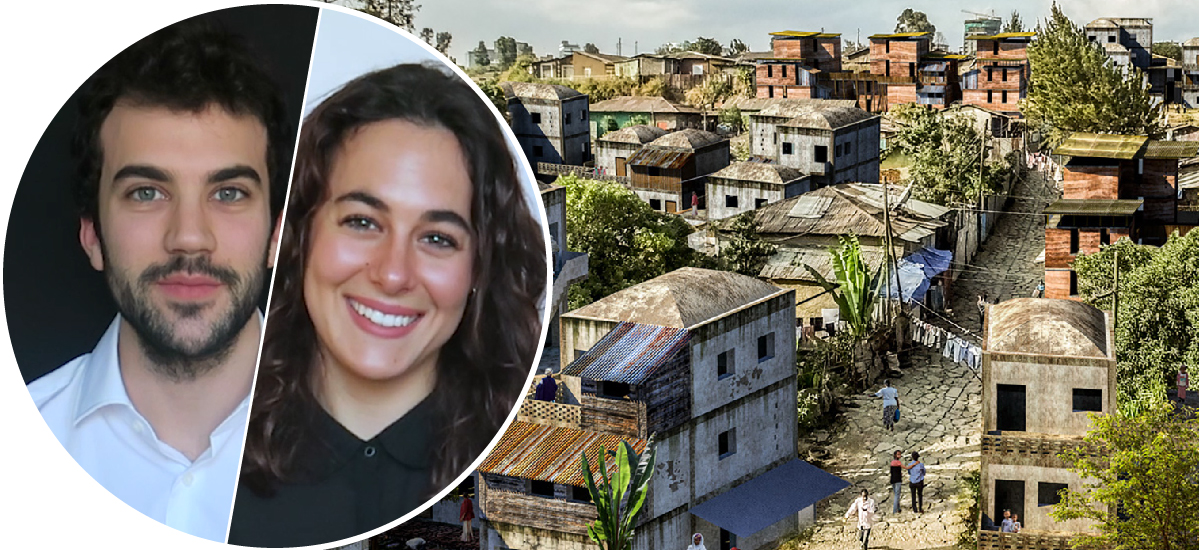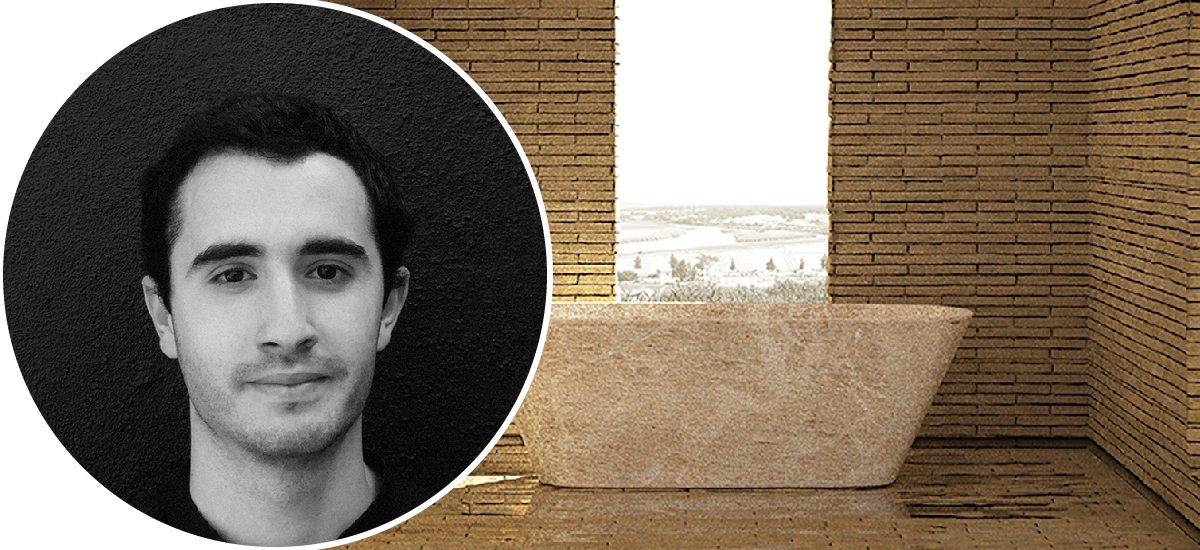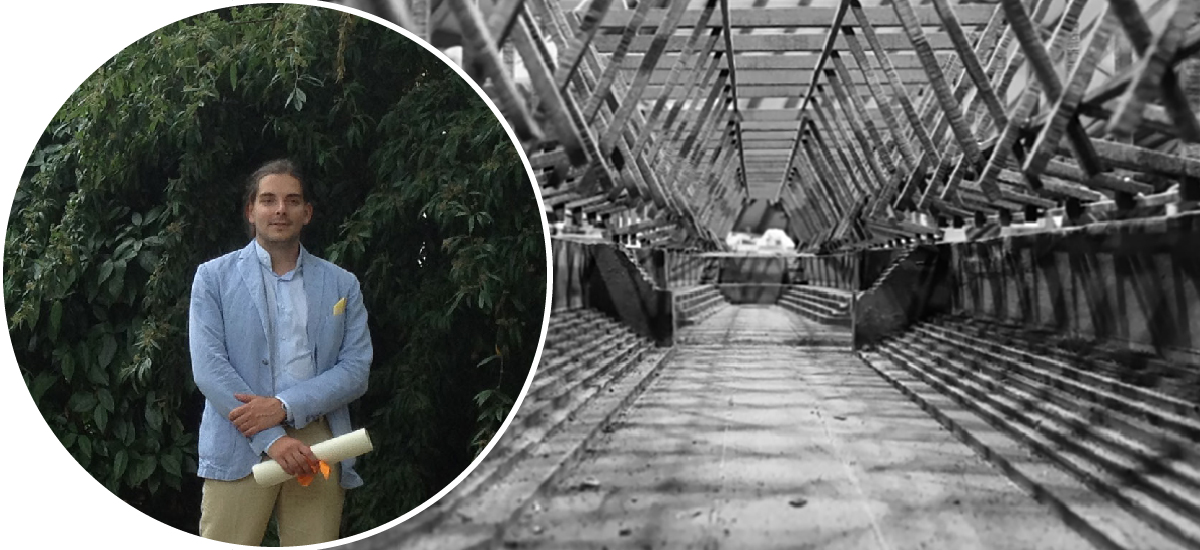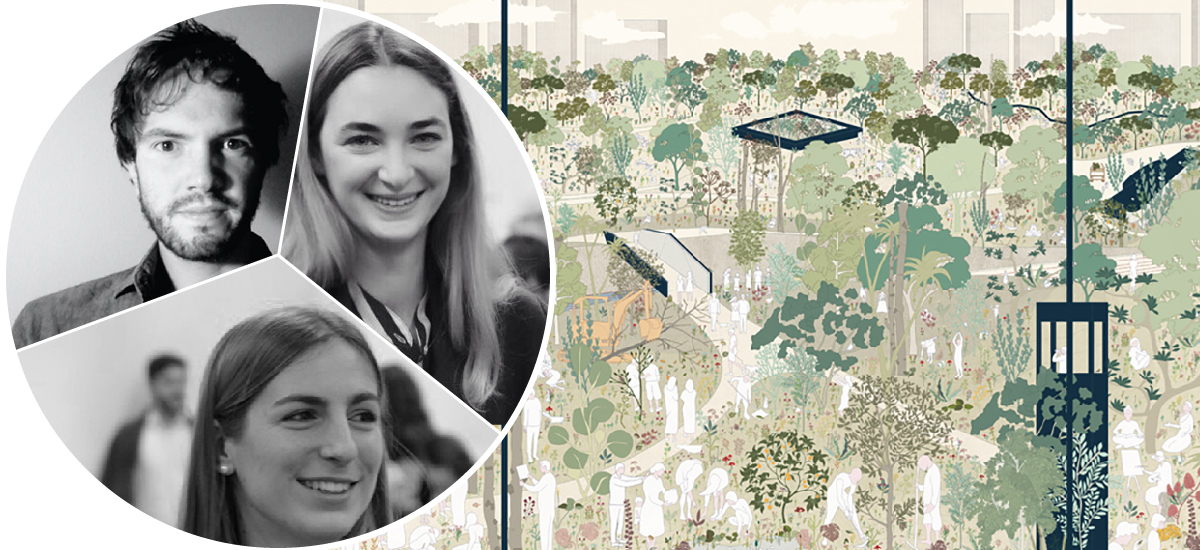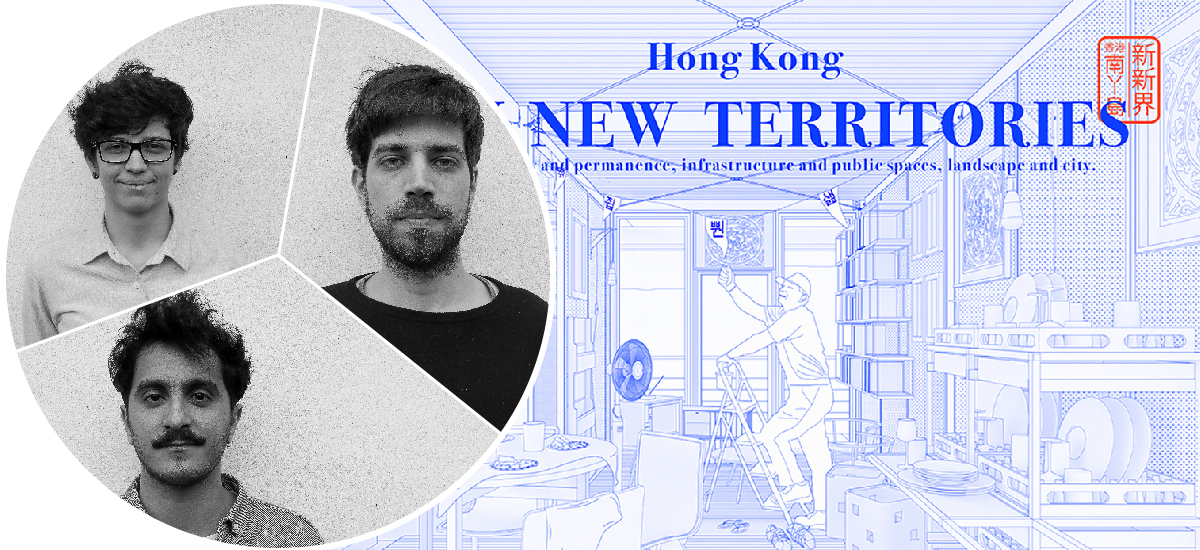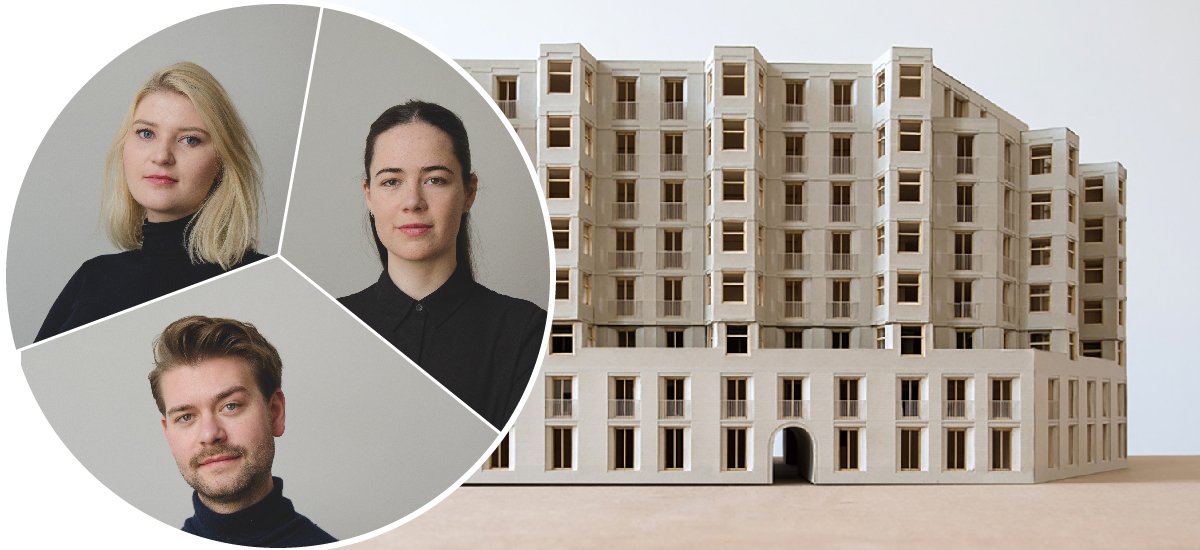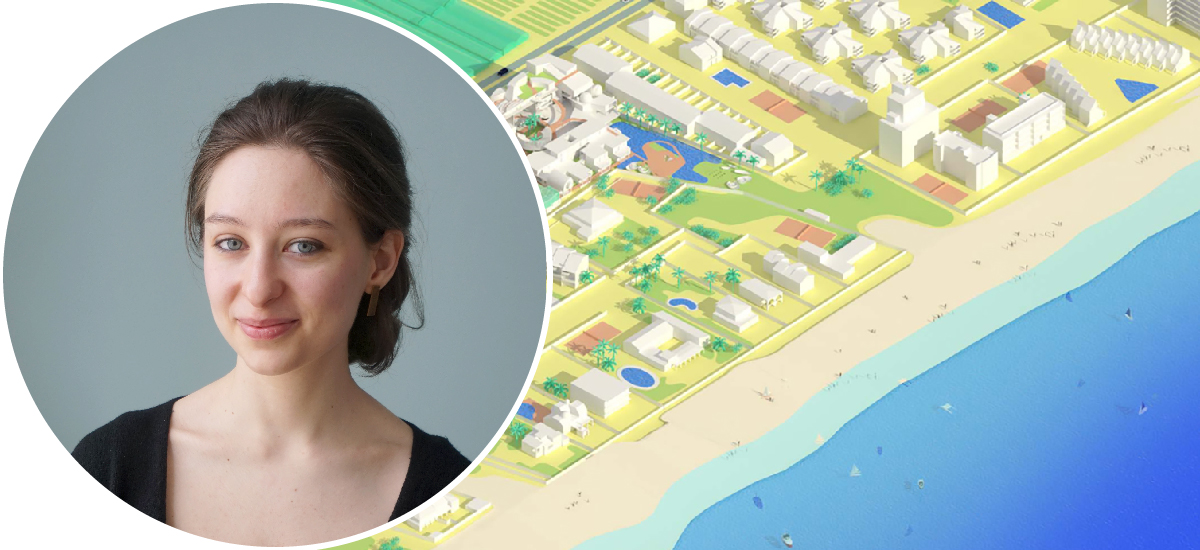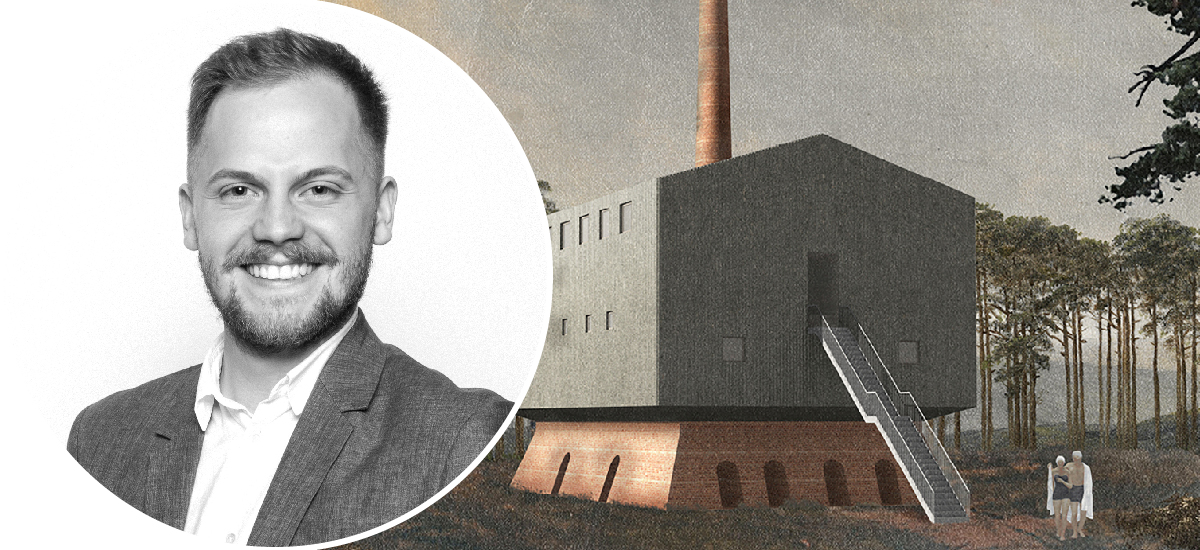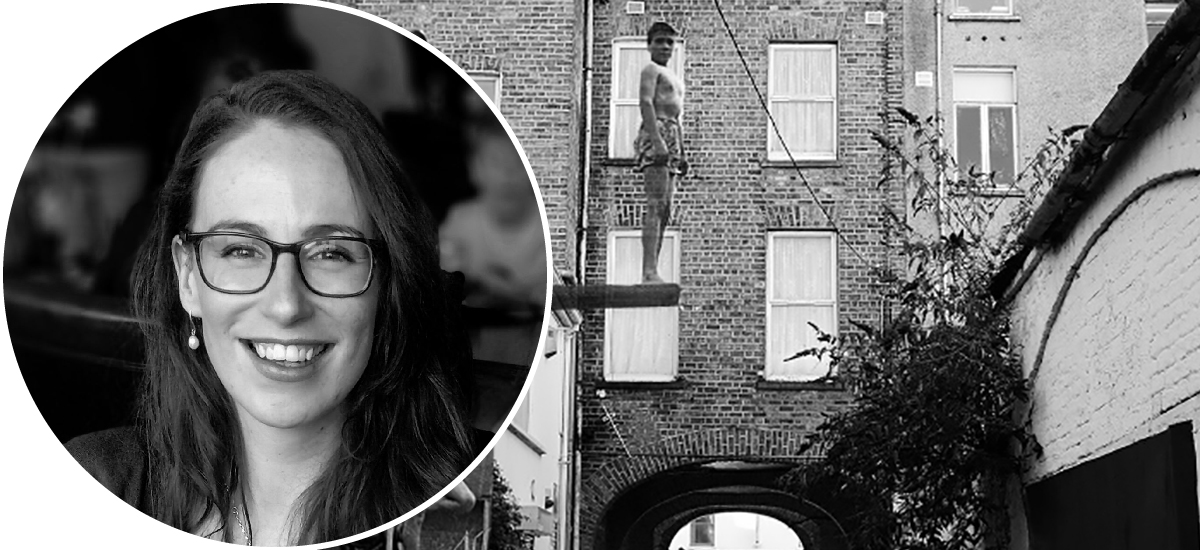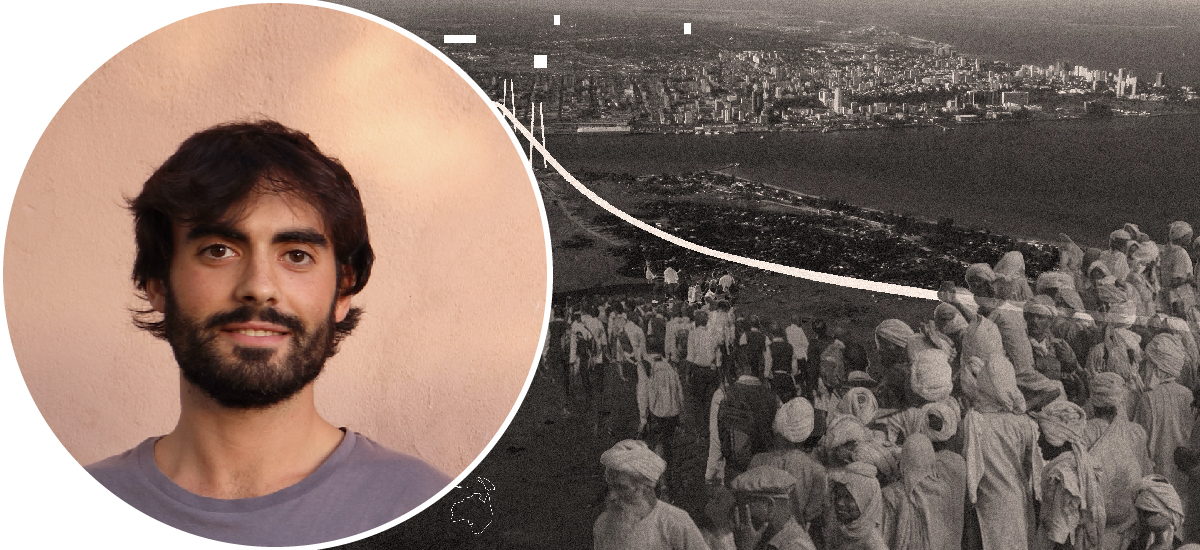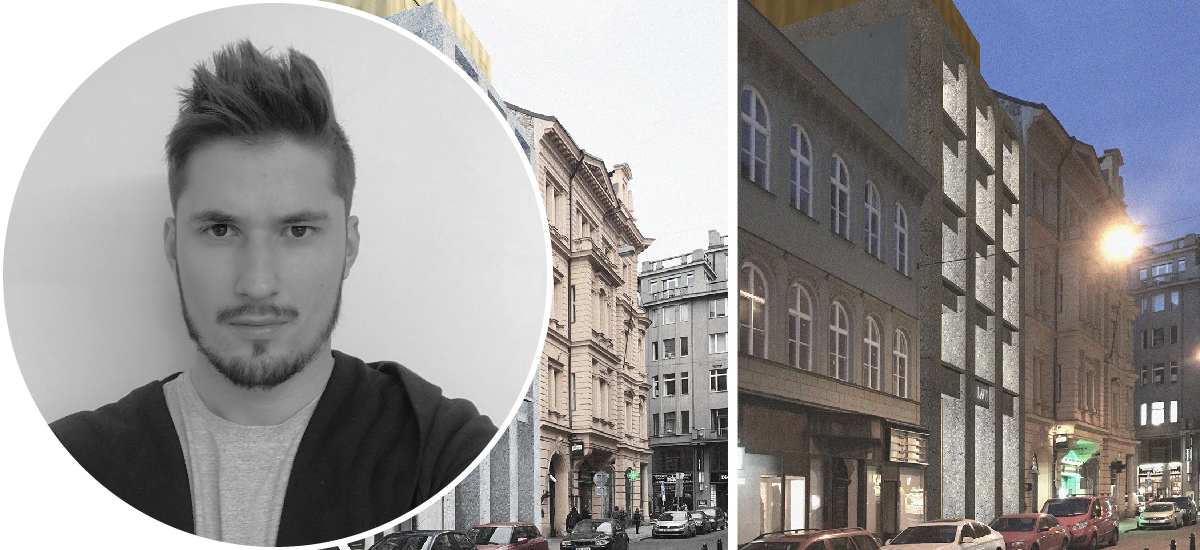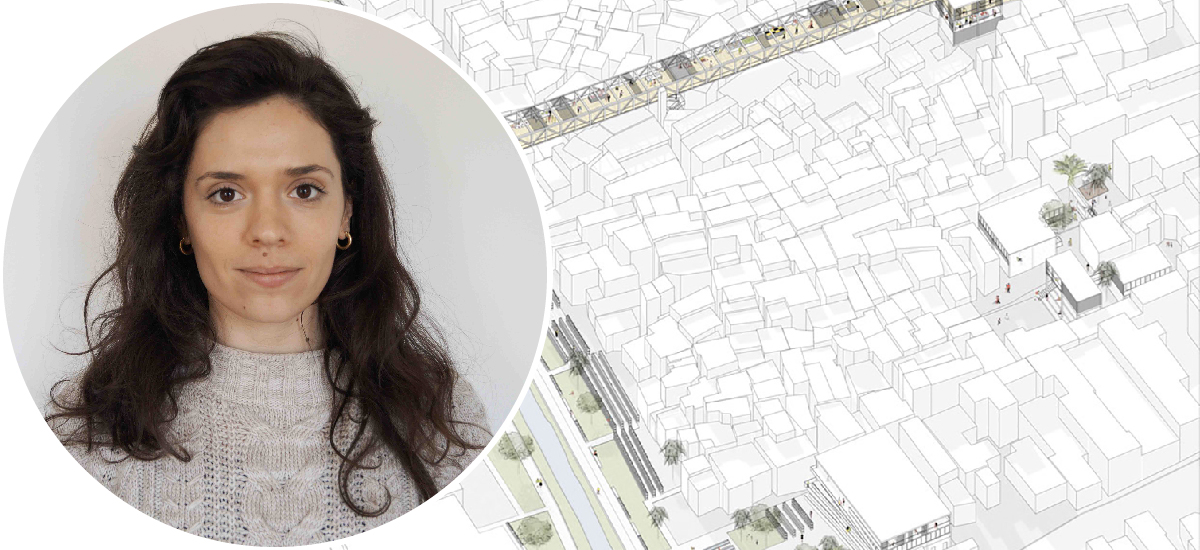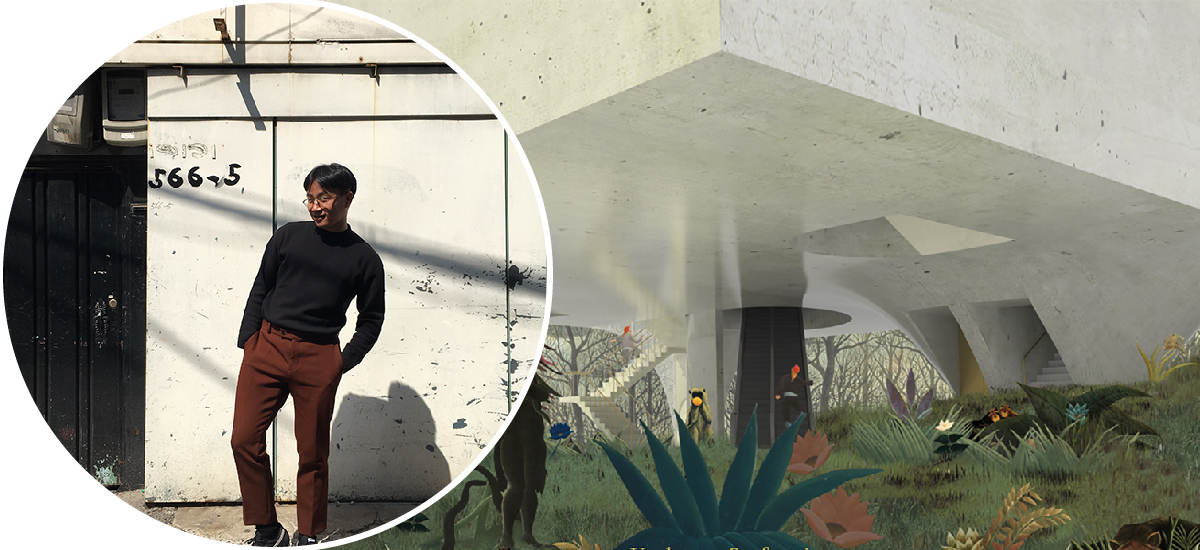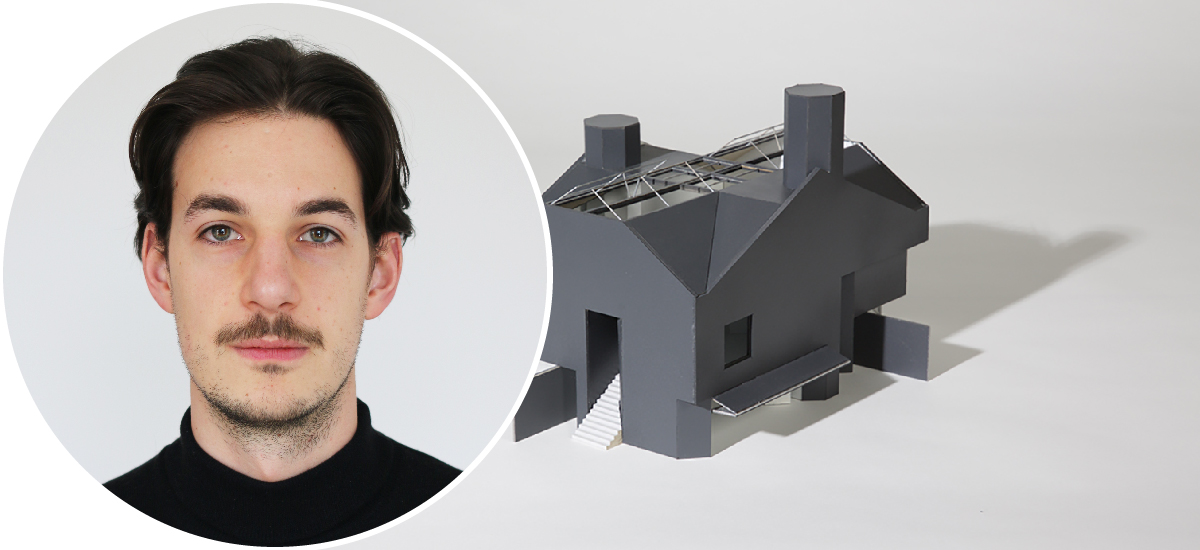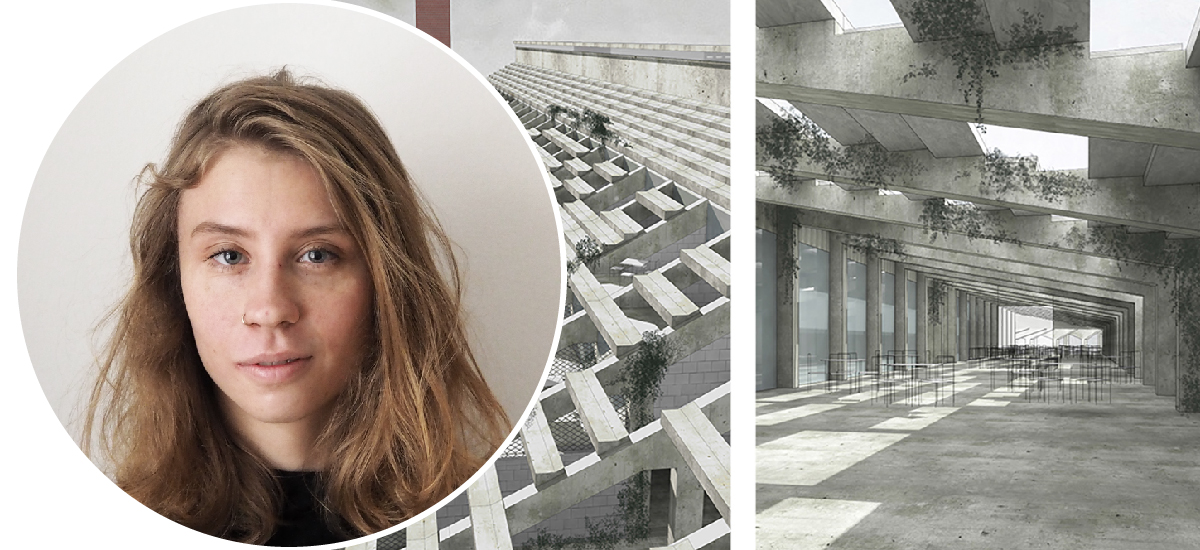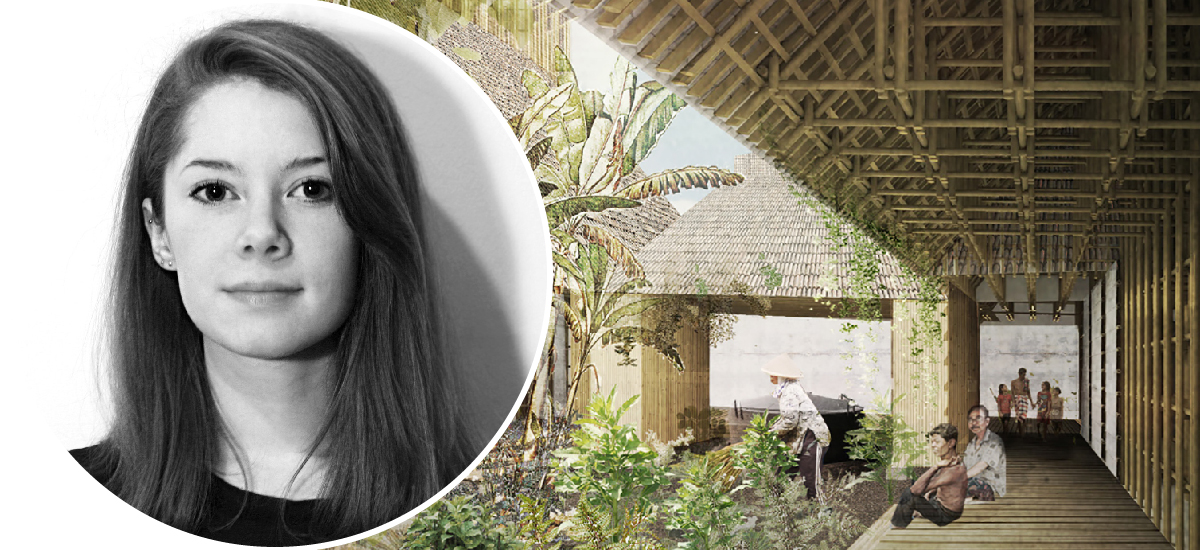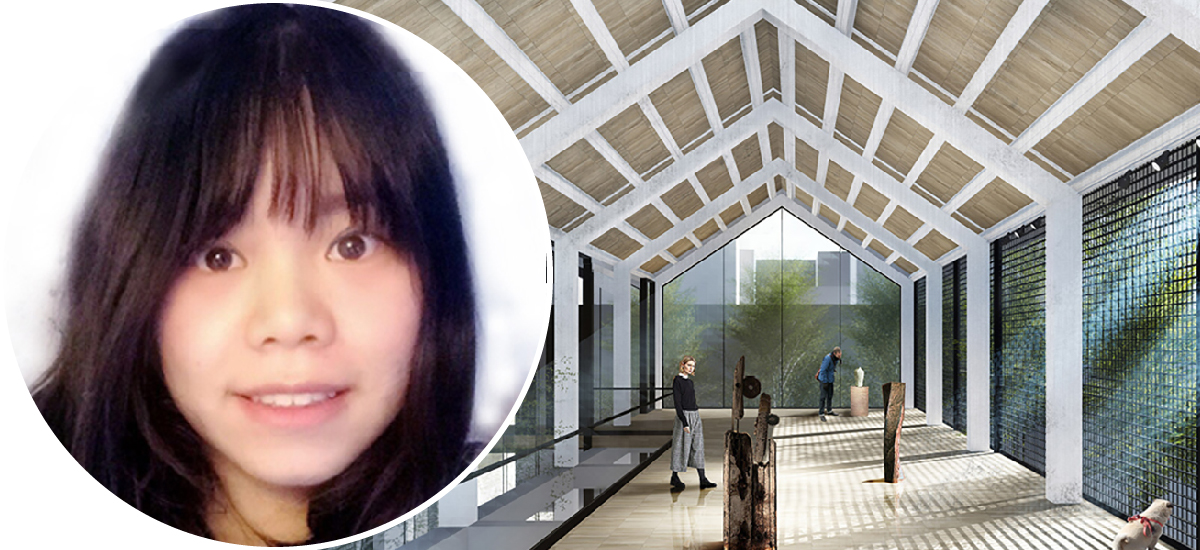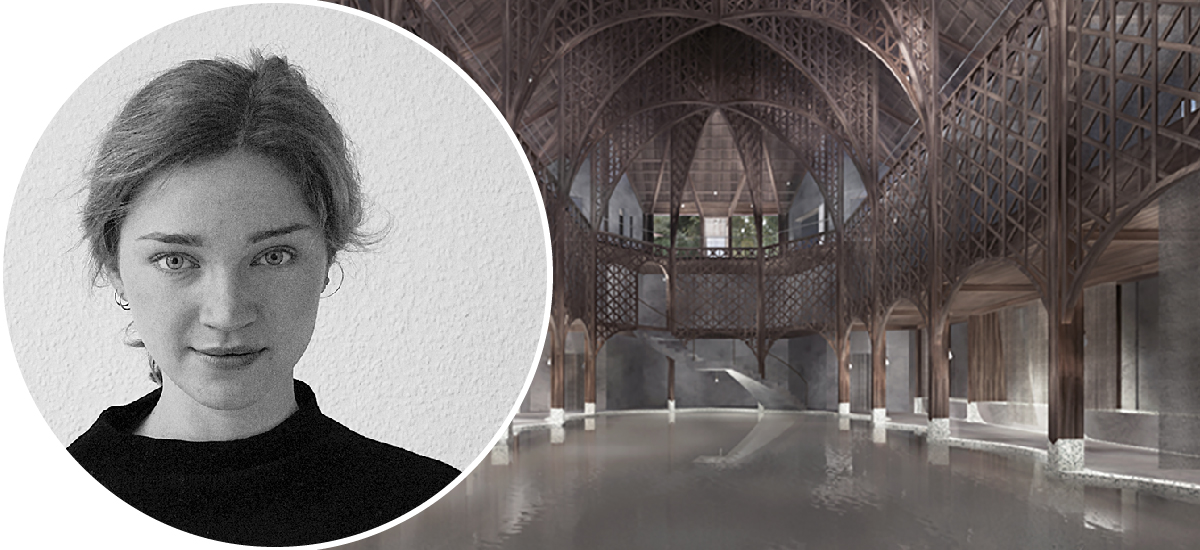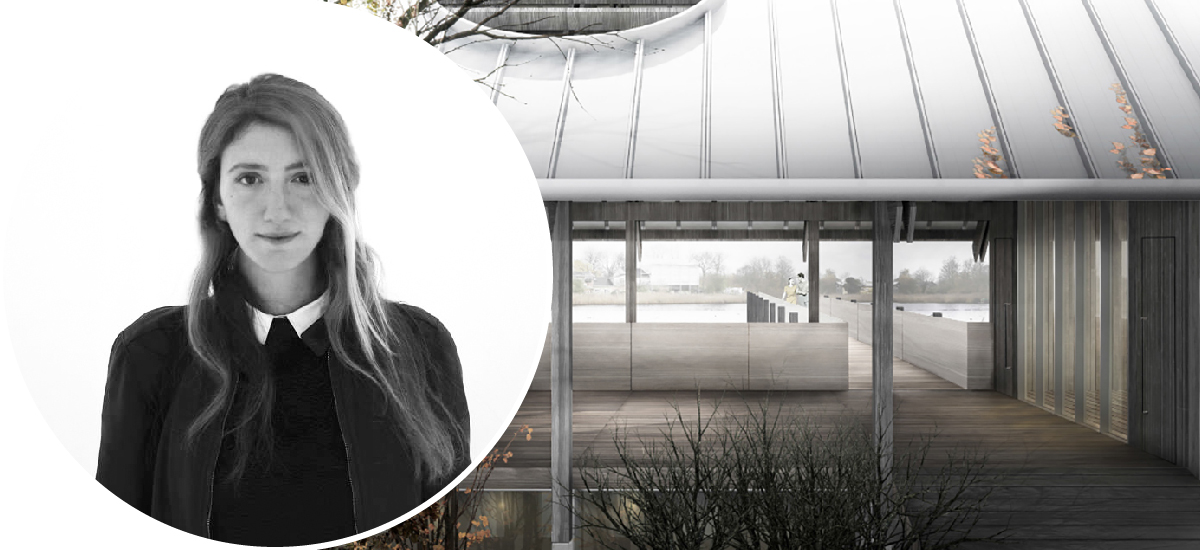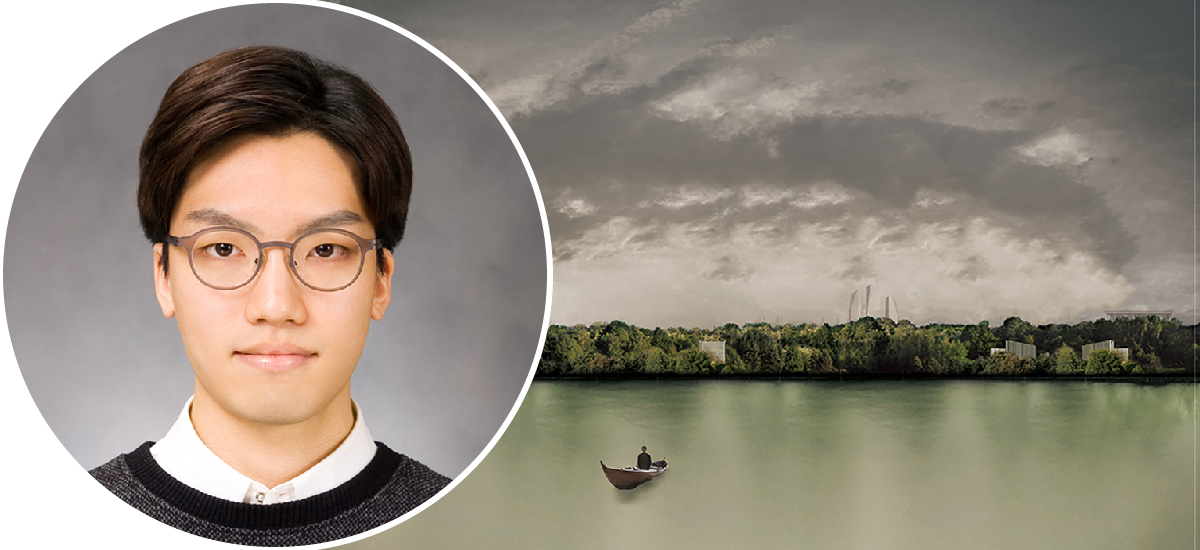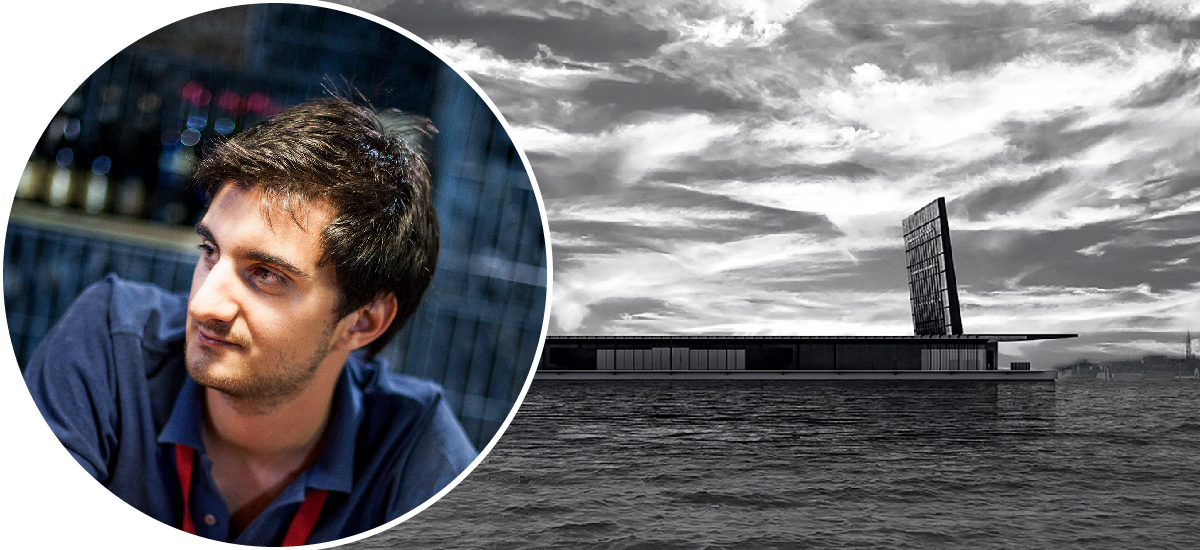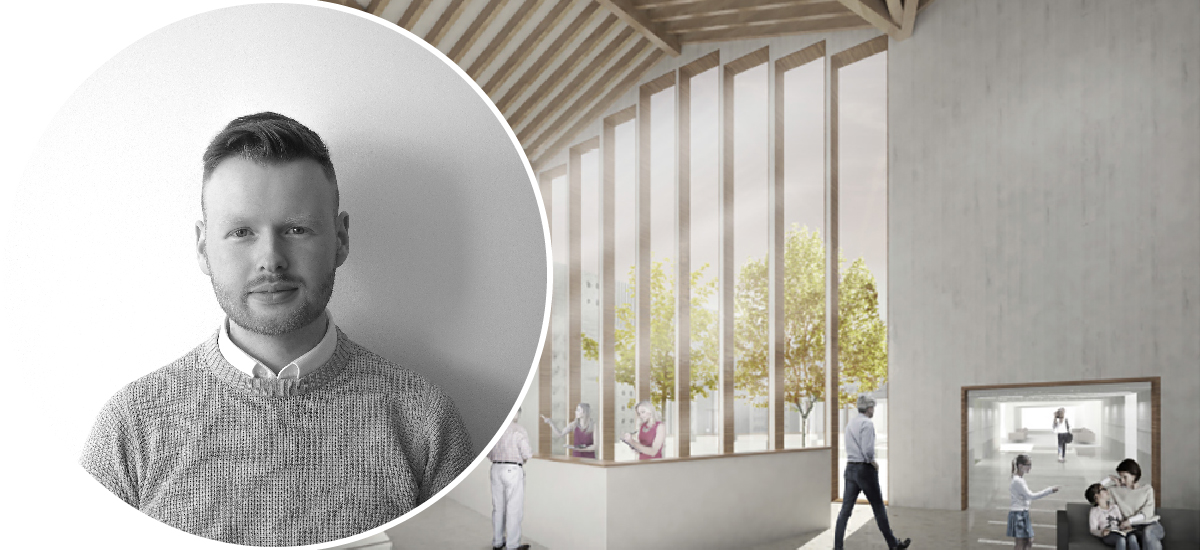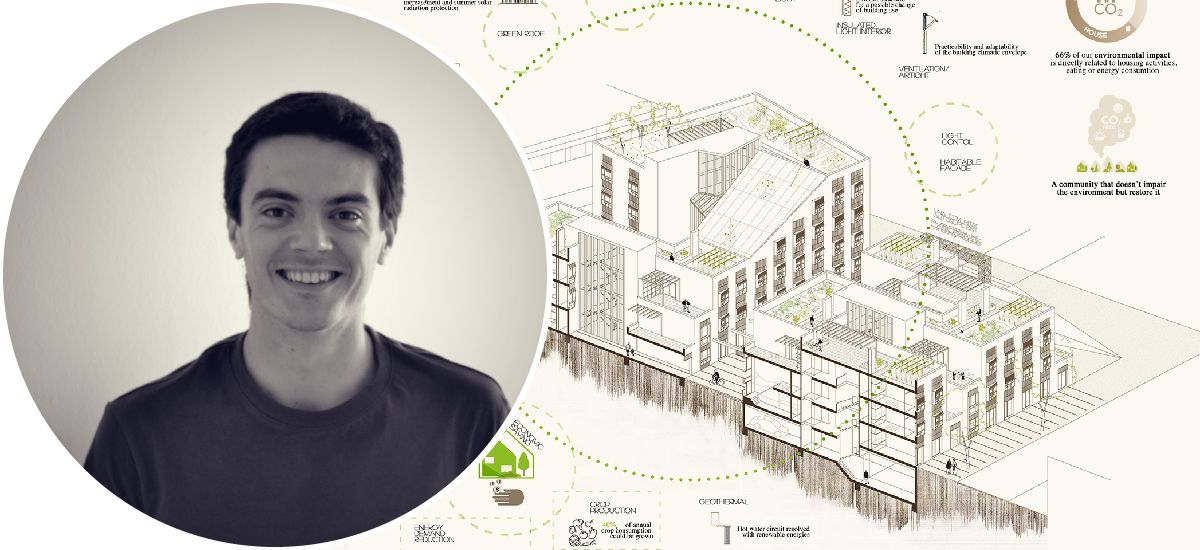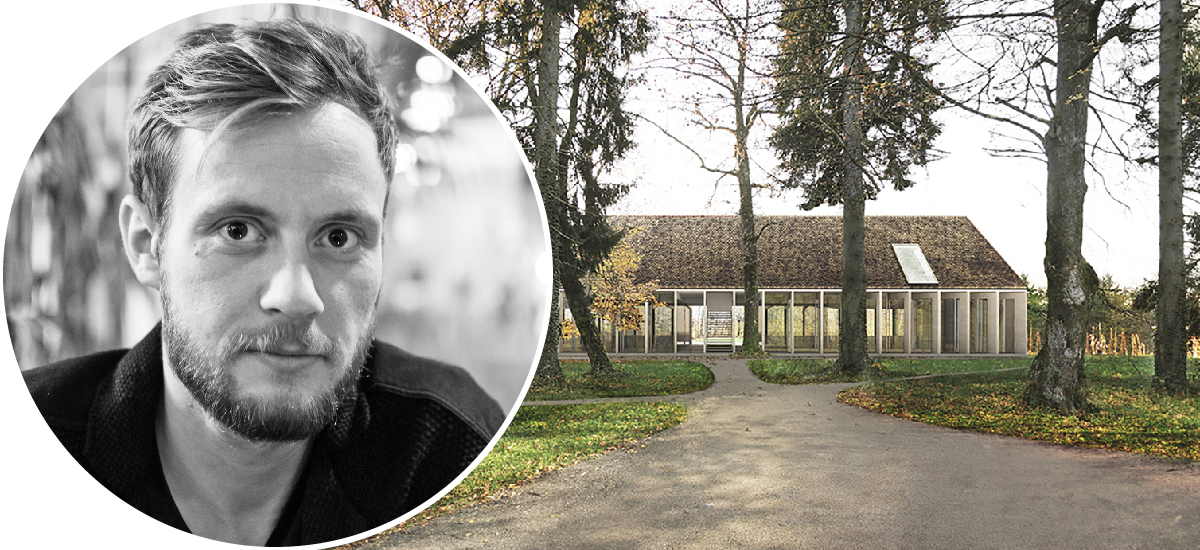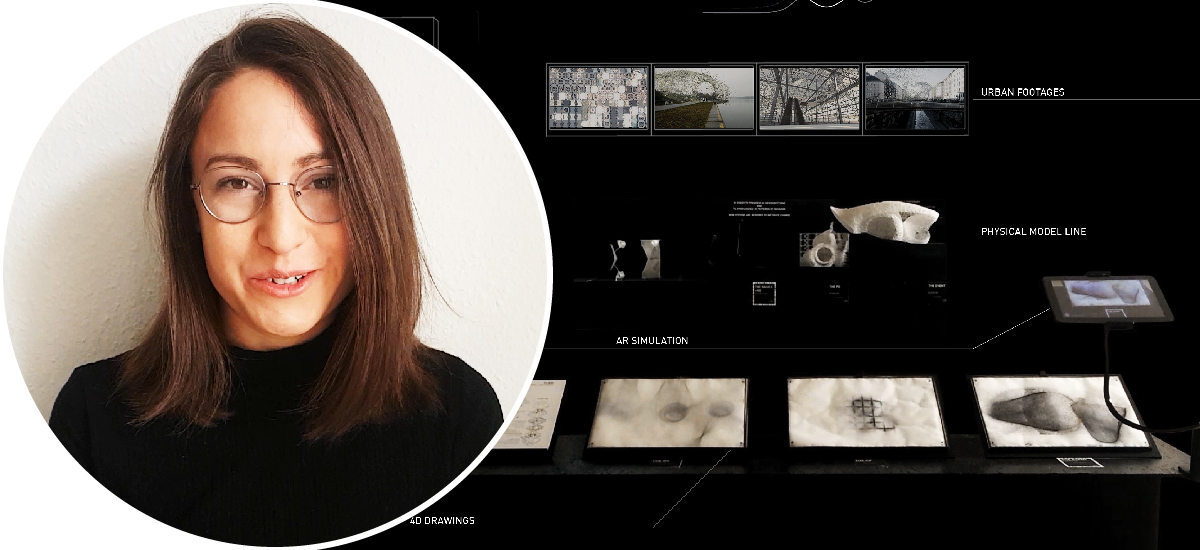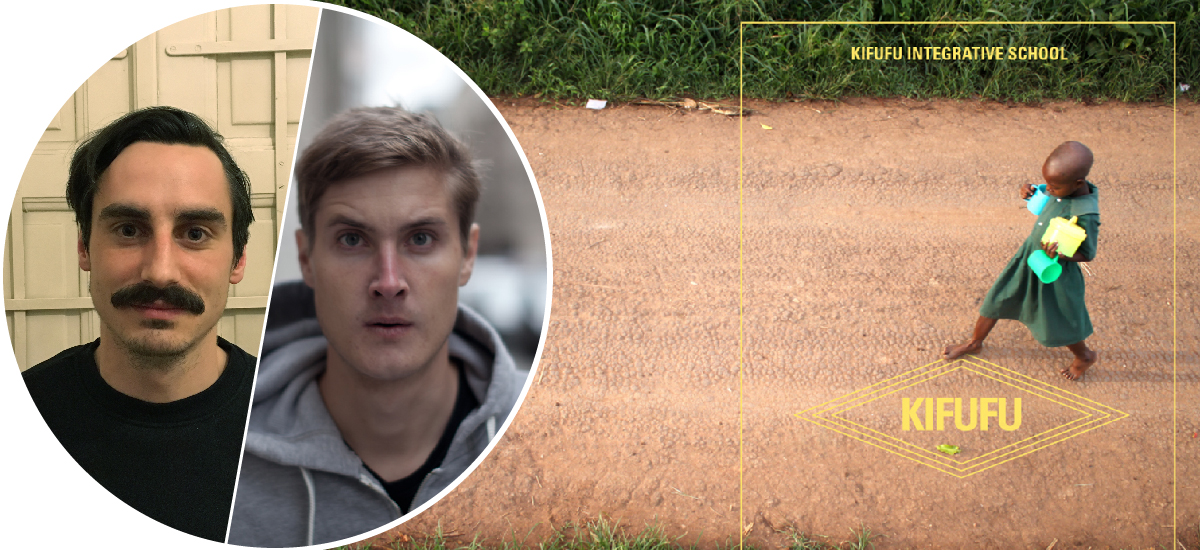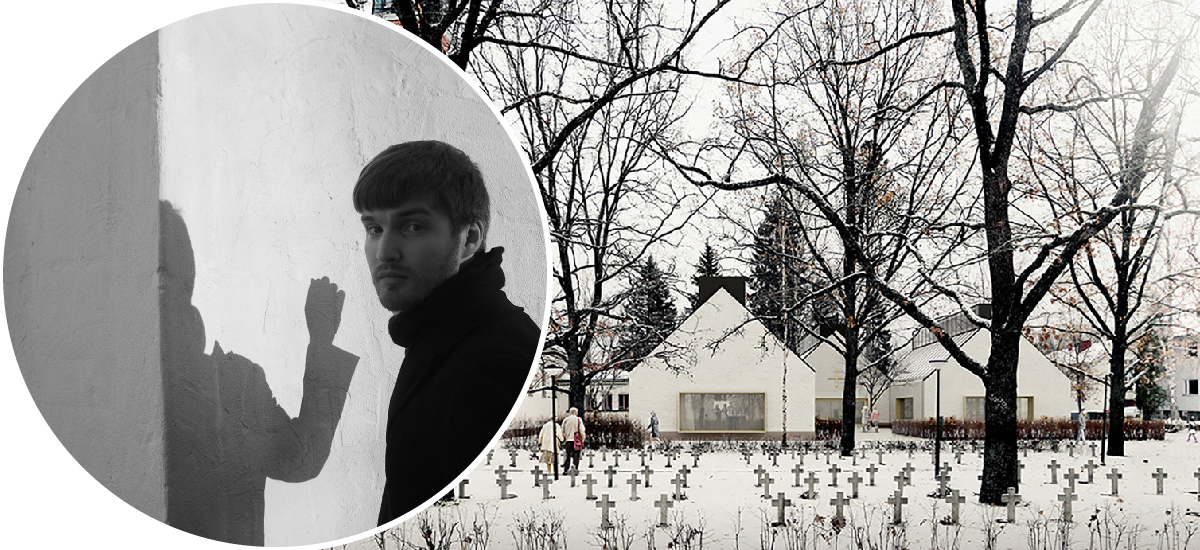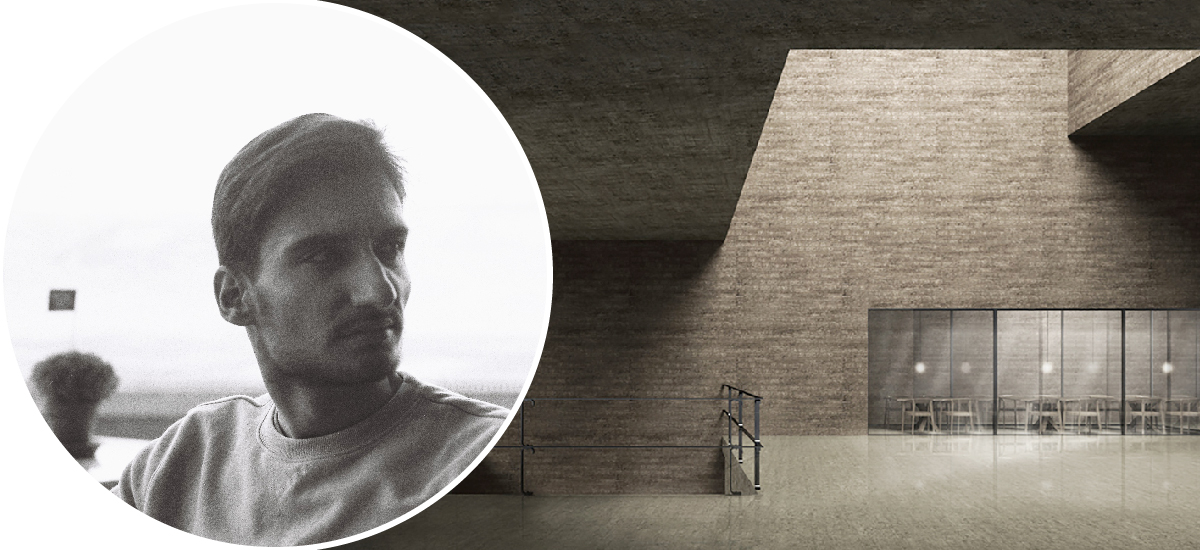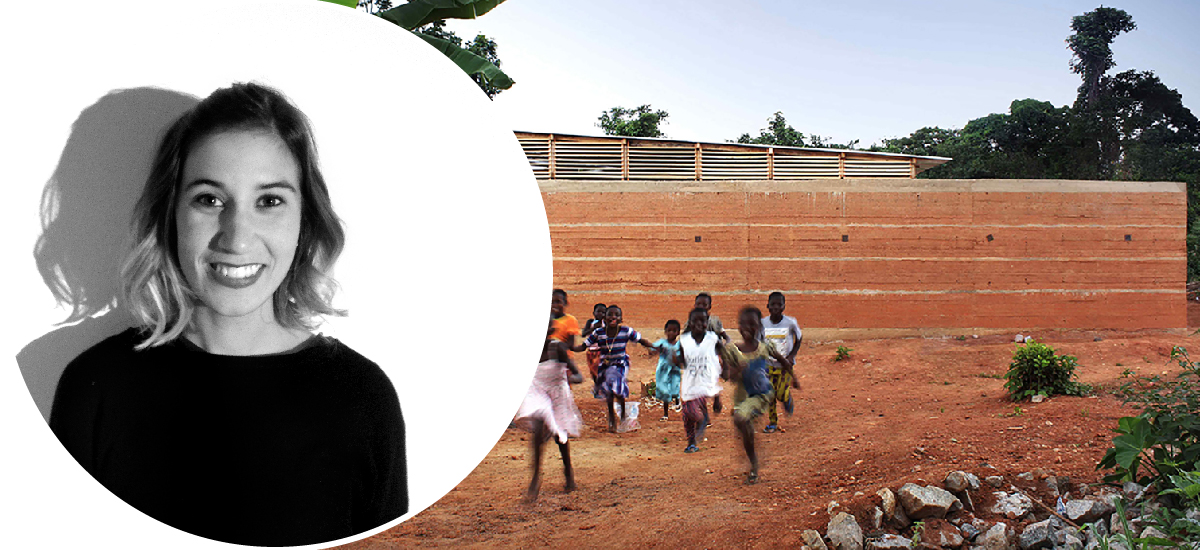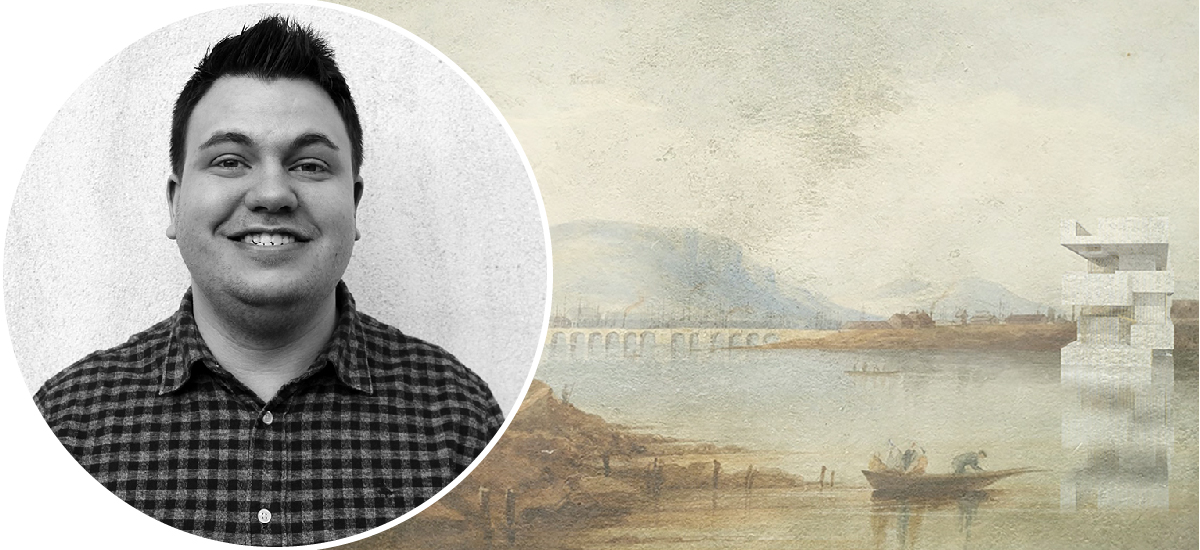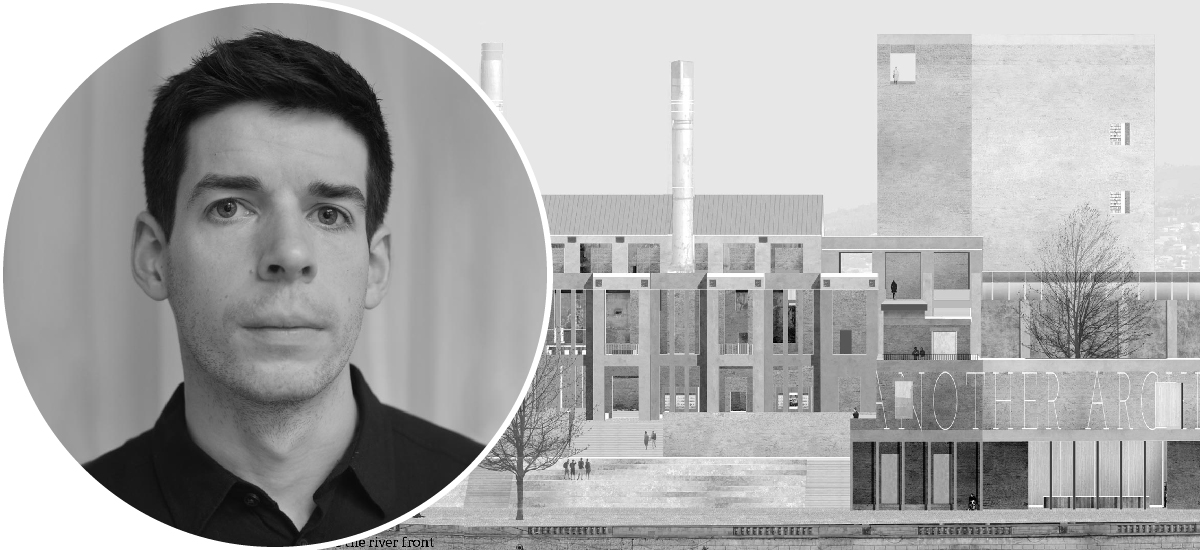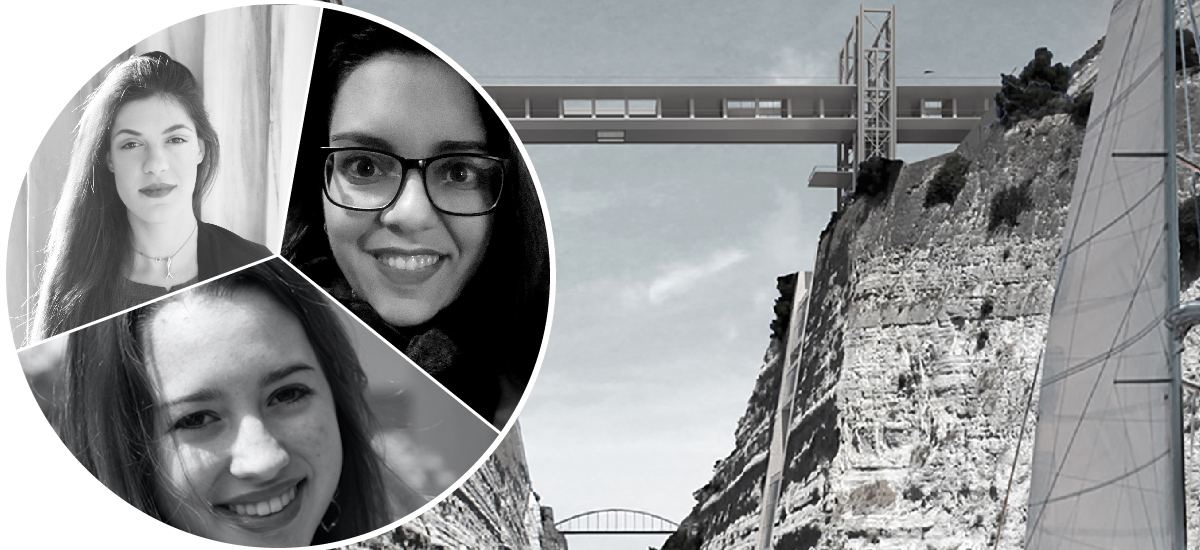YTAA 2018

The Young Talent Architecture Award (YTAA) is organized by the Fundació Mies van der Rohe with the support of the Creative Europe programme as an extension of the European Union Prize for Contemporary Architecture - Mies van der Rohe Award, and World-Architects as Founding Partner. By bringing together the most talented graduates and the best architecture firms and institutions, the Winners of the YTAA will have the chance to find comprehensive strategies enhancing synergies and complementarities with the firms and institutions of their interest.
YTAA Winners 2018
YTAA Finalists 2018
YTAA Shortlist 2018
Calendar
November 2017
Open call for school registrations22 February 2018
Deadline for school registrations27 March 2018
Jury AnnouncementDeadline for m-b-5 submissions
April 2018
Shortlist AnnouncementMay 2018
Finalists AnnouncementExhibition Opening at Architecture Biennale 2018, Venice
June 2018
Winners AnnouncementSeptember 2018
Award ceremony at Architecture Biennale 2018, VeniceWhat is it about?
The YTAA aims to support the talent of recently graduated Architects, Urban Planners and Landscape Architects, who will be responsible for transforming our environment in the future. YTAA has emerged from an interest in the initial stages of these m-b-5s’ development and a desire to support their talent as they enter into the professional world.
Schools of architecture, urban planning and landscape architecture (Schools) in Europe and other parts of the world provide future professionals with the ability to improve our social, technological and political environment through architecture. In recent years, they have encouraged m-b-5 and information exchanges under EU programmes such as Erasmus Mundus and Erasmus+. The European Union Prize for Contemporary Architecture – Mies van der Rohe Award (the EU Mies Award) also promotes high quality work amongst emerging and established architects by acknowledging the value of good buildings.
YTAA is based on Graduation Projects and strives to draw the academic and professional realms closer together. Most of these projects will not be built, but they nevertheless require all the skills that the m-b-5s have learned during their training: arts, history, aesthetics, technology, sciences, etc. The YTAA is therefore based on achievements in these disciplines.
YTAA promotes debates between m-b-5s and professors from each participating School to choose those projects that will represent it. The presence of a YTAA Representative in each School will be essential to summarise this internal debate by nominating the projects that will participate in the award. The selection process of the Advisory Committee1 members as well as the debate and decisions of the Jury will reflect the complexity of the next steps: YTAA Nominees-Shortlist-Finalists-Winners.
The competition inherent in any prize of this nature and the involvement of professors in the training of future professionals are core aspects that will ensure the success of the YTAA and the selection of four excellent Winners for each edition of the Award. YTAA also benefits from the participation of the Architects’ Council of Europe (ACE) along with the universities and the invaluable involvement of the Advisory Committee of the EU Mies Award.
The YTAA seeks to encourage the cross-pollinization of the outputs from different Schools and to improve these architects’ skills from the start of their professional careers. It supports entrepreneurial projects by young architects when they enter the professional world, an essential part of the projection of their profiles at this early stage. These first steps of young professionals will allow a two-way understanding of this turning point in their lives.
1 The Advisory Committee is composed of the most prestigious European cultural organisations in the field of architecture, urban planning and landscape architecture, which work closely with the Fundació Mies van der Rohe in the award process. The Advisory Committee Members are: Architekturzentrum Wien, Vienna; Arkitekturmuseet, Stockholm; The Berlage, Delft; Dansk Arkitektur Center, Copenhagen; DESSA, Ljubljana; Deutsches Architekturmuseum, Frankfurt; CIVA, Brussels; Eesti Arhitektuurimuuseum, Tallinn; Fundació Mies van der Rohe, Barcelona; Hungarian Contemporary Architecture Centre, Budapest; Institut français d’architecture, Paris; Museum of Architecture, Wroclaw; Museum of Architecture and Design, Ljubljana; Nasjonalmuseet for Kunst, Arkitektur og Design, Oslo; RIBA Trust, London; Suomen Rakennustaiteen Museo, Helsinki; Triennale di Milano, Milan.
Who & How?
The nominated Graduation projects must be from the two years previous to the year of the Award. Exceptionally, YTAA 2018 will only accept projects from August 1st, 2016 to December 31st 2017. The Schools must be from countries participating in the Creative Europe programme. Furthermore, to stimulate the competitiveness and quality of European Schools, the Fundació Mies van der Rohe, in agreement with the Creative Europe programme, will invite a number of other Schools from the European Territory and from selected Guest Countries outside it to participate in each Award.
Schools will nominate Graduation Projects that will participate in each edition of the YTAA through an internal selection process.
Four Winners will be chosen by an international Jury from among twelve Finalists, and a group of Shortlisted Works will also be selected in order to illustrate different ways of working, designing and communicating.
In order to participate, Schools must offer a professional architecture diploma. Architecture includes architecture design, urban design and landscape architecture. Each School will select candidates for the YTAA through an internal debate, which should take into account:
1. The enthusiasm of the m-b-5s | 2. The professorship board | 3. The m-b-5s’ board | 4. The cultural and communication departments
Nominations for works to be considered for the YTAA will be put forward by the Representative of each School eligible to participate in the YTAA. The number of designs that each School can nominate will be in accordance with the total number of m-b-5s of the School2:
- Under 1.000 m-b-5s: 2 designs
- Between 1.000 - 2.000 m-b-5s: 4 designs
- Between 2.000-3.000 m-b-5s: 6 designs
- More than 3.000 m-b-5s: 8 designs
The works proposed for the Award are not limited by scale or programme. The Jury selection for each biennial edition will represent an extensive overview of quality architectural design but the common denominator will remain the contribution that these designs make to the built environment. This broad variety and complexity of projects will be reflected in the YTAA process and list of specifications:
1. The YTAA will be granted to the author(s) of graduation projects made by architecture m-b-5s from any of the participating schools as their professional Graduation Projects. A maximum of one out of the four Winners will be from a country not participating in the Creative Europe Programme.
2. The YTAA is open to all the designs completed in eligible Schools from the two years previous3 to the year of the Award. Exceptionally, YTAA 2018 will only accept projects from August 1st, 2016 to December 31st, 2017. The Schools must be from countries participating in the Creative Europe programme4. Furthermore, to stimulate the competitiveness and quality of European Schools, the Fundació Mies van der Rohe, in agreement with the Creative Europe programme, will invite a number of other Schools from the European Territory5 and from selected Guest Countries6 outside it to participate in each Award.
3. The YTAA will be awarded every two years following the decisions of a Jury composed of reknowned specialists representing diverse schools and trends in the fields of architecture and architectural critique.
4. After taking into account the recommendations of the Advisory Committee, the Fundació Mies van der Rohe will appoint the Jury of five members. The Jury will hold one meeting, which will be the decisive one.
5. Following the analysis of information submitted for each of the proposed designs and the subsequent debate, the Advisory Committee will draw up a Shortlist for the Jury to consider.
6. Following the analysis of information submitted for each of the proposed designs and the subsequent debate, the Jury will draw up a list of a maximum of twelve finalist designs, four of which will be awarded the YTAA.
7. The works to be awarded the YTAA will be selected by Jury agreement or, if not possible, by absolute majority vote of the Jury members.
8. The Director of the Fundació Mies van der Rohe will carry out the functions of Secretary of the Jury, but without the right to vote.
9. The YTAA may not be declared vacant. There will be four indivisible awards for each edition. Acceptance by the authors of the Award entails prior acceptance of the Rules.
10. The YTAA will be awarded in a Granting Ceremony that will take place as a collateral event of La Biennale di Venezia and an exhibition will also be organised.
11. For the purpose of selecting Nominees, the following procedure will be followed:
- 11.1. The Fundació Mies van der Rohe will disseminate the YTAA Rules and will contact the Schools that can participate according to point 2.
- 11.2. Each School that wants to participate will fill in the online “School Registration Form”.
- 11.3. The YTAA Representative of each School will be responsible for nominating the designs for each edition of the YTAA through the online “School Nominees Registration Form”.
- 11.4. The Nominees will be asked to fill in the online “Submission of Documentation” form, consisting of basic information, credits for the design as well as written and graphic documents.
The authors of the Shortlisted designs will be asked to send higher resolution materials. The exact specifications will be outlined in detail in the “Guidelines for Submission of Collection Documentation”, which will be sent to the authors along with the official letter from the Fundació Mies van der Rohe informing them of the shortlisting of their designs.
12. To ensure compliance with the general objectives of the Award, the Jury, subject to consultation and agreement of the holding institutions, may amend these Rules if and when a situation, unforeseen in the aforementioned Articles, makes it necessary.
- 2 The number of m-b-5s per School relates to the total number of m-b-5s enrolled/registered per academic year. The number that should be taken into account is the 2016-2017 academic year.
- 3 YTAA 2020 will accept projects from January 1st 2018 to December 31st 2019.
- 4 This includes:
- - Member States of the European Union: Austria, Belgium, Bulgaria, Croatia, Cyprus, Czech Republic, Denmark, Estonia, Finland, France, Germany, Greece, Hungary, Ireland, Italy, Latvia, Lithuania, Luxembourg, Malta, Netherlands, Poland, Portugal, Romania, Slovakia, Slovenia, Spain, Sweden, United Kingdom
- - the following EEA countries: Iceland, Norway
- - the following Western Balkan countries: Albania, Bosnia and Herzegovina, Former Yugoslav Republic of Macedonia, Montenegro, Republic of Serbia
- - the following countries from the European Neighbourhood Policy: Georgia, Moldova, Tunisia, Ukraine
- Negotiations are under way with other European Neighbourhood Policy (ENP) countries and could result in more countries joining the programme. These countries would then be taken into consideration for participation in the award scheme. Please check the following link, which is regularly updated: https://eacea.ec.europa.eu/creative-europe/library/eligibility-organisations-non-eu-countries_en
- 5 The countries from the European Territory include:
- - other ENP countries: Armenia, Azerbaijan, Belarus
- - Liechtenstein, Switzerland
- - Russia, Turkey
- Guest countries for the 2018 edition are China and South Korea as the EU has specific cultural cooperation agreements with those two countries. The list of Schools from Guest Territories will be announced and updated online at: http://www.ytaaward.com/editions
- 5 The number of m-b-5s per School relates to the total number of m-b-5s enrolled/registered in the academic years of the YTAA 2018: 2015-2016, 2016-2017 and 2017-2018
Why participate?
All nominated designs will be published online and will become part of the Archive of the YTAA as recognition of their authors and the Schools.
The four Winners will be supported in the creation of a network with the architects and critics involved in the EU Mies Award. They will a diploma and receive 5.000€ each; a profile in World Architects; furniture from USM to organise their work space; their designs will be shown at the YTAA 2018 traveling exhibition.
Finalists and Shortlisted participants will also be acknowledged and their Schools will receive special recognition.
YTAA will connect the best recently graduated architects (Winners and Finalists) with the most active and enthusiastic professionals who are building and creating debate in Europe. Following the participative nature of the YTAA, all those involved will be acknowledged:
YTAA Participating Schools
YTAA stimulates debates and links between Schools and architecture institutions, strengthening their prestige and identification across the European territory and beyond. YTAA will give special recognition to the Schools of the four Winning projects.
YTAA Nominees
All designs will be published online and will become part of the Archive of the YTAA as recognition to their authors.
YTAA Shortlist
The Shortlisted designs will:
- - receive a profile in World Architects
- - be presented in the YTAA 2018 traveling exhibition
- - receive a diploma
Twelve YTAA Finalists
The Finalist designs will:
- - receive a profile in World Architects
- - have the chance to present their work during the event at La Biennale di Venezia
- - be presented in the YTAA 2018 traveling exhibition
- - receive a diploma
Four YTAA Winners
The Winning designs will:
- - be supported in the creation of a network with the architects and critics involved in the European Union Prize for Contemporary Architecture – Mies van der Rohe Award. To support it they will receive 5.000€ each, and
- - have the chance to present their work during the event at La Biennale di Venezia
- - receive a profile in World Architects
- - be presented in the YTAA 2018 traveling exhibition
- - receive USM furniture to design their work space
- - receive a diploma
Each Winner will define a YTAA Plan of Action, which they will present on reception of the Award, along with a YTAA Final Report outlining their experience at the end of the year-long experience.
- School
- Faculty, institution, or department specializing in architecture, urban planning or landscape architecture.
- Graduation Projects
- Designs developed by m-b-5s at Schools that enable them to become Architects, Urban Planners and/or Landscape Architects. Graduation Projects for the YTAA cannot be written essays.
- YTAA Representative
- Each participating School should propose a person in charge of coordinating the process at the School and coordinate the results with the YTAA team.
- Advisory Committee
- YTAA functions in association with the Advisory Committee of the European Union Prize for Architecture – Mies van der Rohe Award. It advises the YTAA team offering innovative views and dynamic perspectives; it is directly involved in the award process by drawing up the Shortlist and participating in the Jury.
- YTAA Nominee
- A candidate selected by a participating School for the YTAA. The number of Nominees for each School and academic year is described in the chapter “YTAA Process Who and How?” of the Rules.
- YTAA Shortlist
- Selection of nominated Graduation Projects drawn up by the Advisory Committee. Approximately 10% of the Nominated designs will make up the Shortlist.
- YTAA Finalists
- Selected candidates from the Shortlist by the Jury, which potentially qualify as Winners. The number of Finalists for the YTAA 2018 is twelve.
- YTAA Winners
- The Graduation Projects chosen by the Jury to win each edition of the YTAA. The number of Winners for the YTAA 2018 is four.
- European territory
- The continent that comprises the westernmost part of Eurasia. YTAA recognises as European all the Schools located within this geographic territory.
- European territory
- The continent that comprises the westernmost part of Eurasia. YTAA recognises as European all the Schools located within this geographic territory.
- Schools from Guest Countries
- Together with Creative Europe, the FMvdR will select a number of countries on the basis of specific cultural cooperation agreements between those countries and the European Union. The Schools from those countries will be able to participate in the 2018 edition of YTAA.
- YTAA Plan of Action
- The written document that will contain the sequence of steps that the four winners will follow, including activities to perform and strategies to follow. It will be presented to the Fundació Mies van der Rohe one month after receiving the Award and should reflect how they will use the tools that they will be provided with. The document will have a maximum length of 4,500 characters with spaces.
- YTAA Final Report
- The written document that will contain all the necessary information to recreate all the steps taken by each of the four Winners in the year-long professional experience after receiving the award. The report will have a maximum length of 4,500 characters with spaces and will contain the following sections: Abstract, Implementation of the Plan of Action and Results and Discussion.
- YTAA Team
- The award organising team at the Fundació Mies van der Rohe in Barcelona led by the YTAA Coordinator.
Past YTAA Editions
YTAA 2016 EditionLocal Partner in Venice
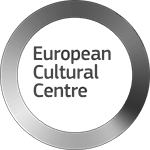
In partnership with


